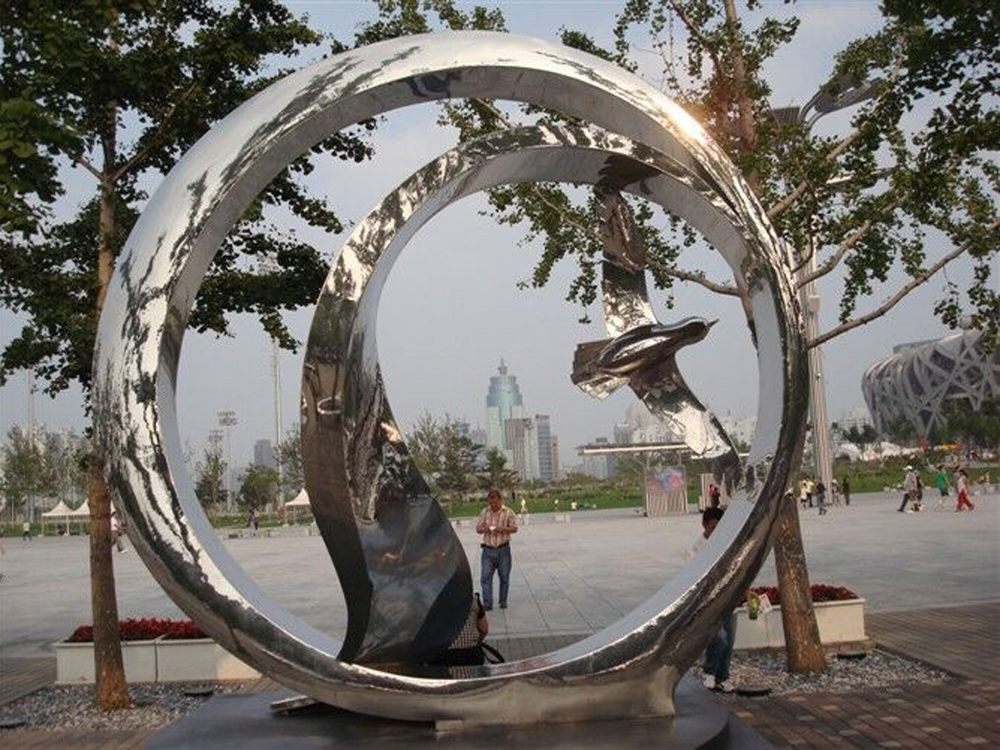
Wood carvers masterfully breathe life into static material by employing techniques that trick the eye into perceiving motion. The key lies in manipulating form, texture, and visual weight to suggest kinetic energy.
Strategic pose selection forms the foundation - figures caught mid-action (a dancer's twirl or a bird's wingbeat) inherently imply movement. Carvers exaggerate these poses slightly beyond natural positions to enhance the effect.
Texture contrast plays a crucial role. Smooth, polished surfaces adjacent to roughly carved areas create visual tension that suggests motion. Directional tool marks following the imagined path of movement guide the viewer's eye along dynamic lines.
Wood grain becomes an active collaborator. Skilled carvers align flowing grain patterns with the sculpture's implied motion direction, using nature's lines to reinforce the illusion. The grain's natural undulations can mimic wind currents or water ripples.
Shadow manipulation through undercutting adds depth and the impression of suspended motion. Deep recesses create alternating light-dark patterns that change with viewing angles, mimicking how moving objects interact with light.
Negative space acts as an invisible force. By carefully carving voids around extended limbs or flowing drapery, carvers suggest the air displacement that accompanies real movement. This makes stationary elements appear to have just moved or be about to move.
Master carvers combine these techniques proportionally - too much exaggeration appears cartoonish, while too little looks static. The magic happens when all elements balance to create that fleeting moment frozen in wood yet pulsing with life.

